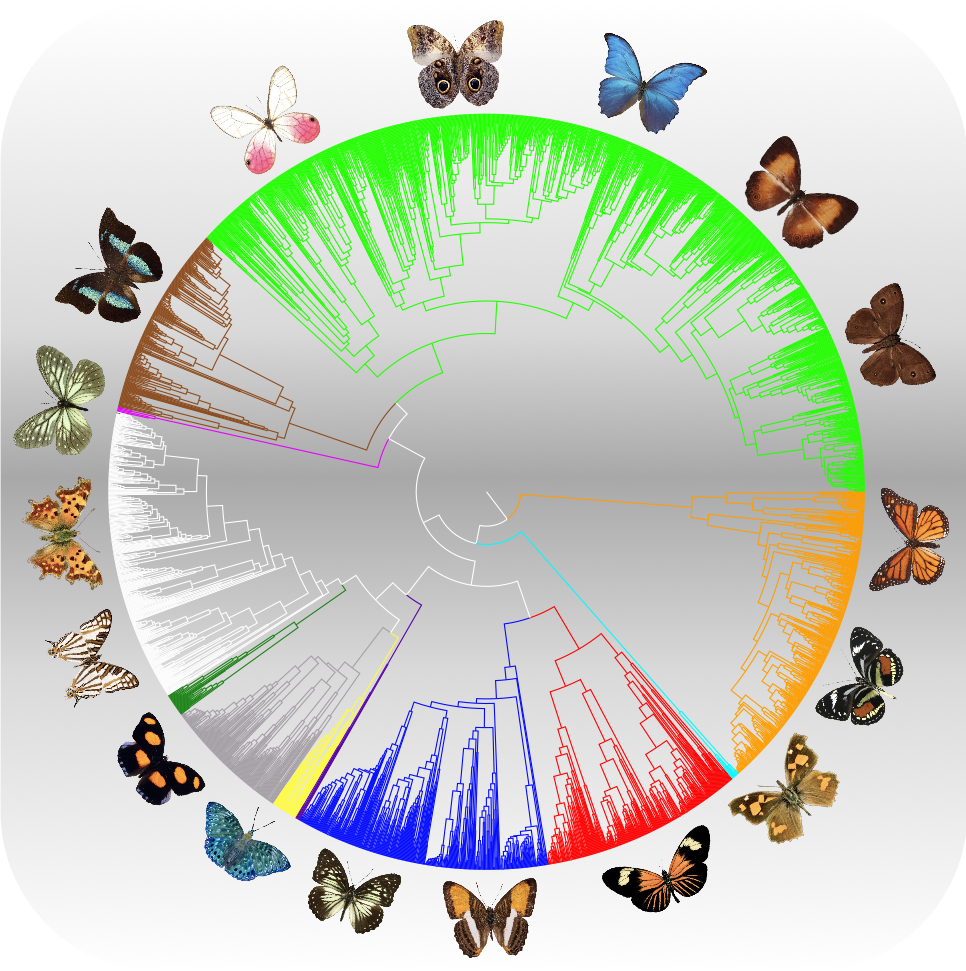Insect Ecology
Insects are many, important and diverse. To understand insect diversity, we need to understand both the environmental determinants of insect diversity and abundances, the biotic interactions between insects and other organisms (including humans), and the repercussions in terms of ecosystem functioning. To understand current biodiversity, we also need to understand its evolutionary history – to predict its evolutionary future. We aim for interdisciplinary approaches to understanding environmental change and human-nature relationships. As particular strengths we build on participatory approaches involving distributed experiments and collaborations well beyond traditional academia.

Global (insect) biodiversity
We aim to understand both the current distribution of biodiversity and the drivers behind it. There are two big reasons why we understand biodiversity and its drivers so poorly. First, we lack the relevant data, since for the vast majority of species we have either no data or very sporadic data. Second, the processes underlying biodiversity dynamics are complex, and we lack the tools for converting the data that we have into a true understanding of the processes behind them. Our research is targeted at resolving both of these problems. Overall, we aim to convert both insect and community ecology into predictive sciences.
Foto: Göran Liljeberg

Insect ecology, management & conservation
Our research develops knowledge about the ecology of insects. This knowledge is not only needed for species and ecosystem survival, but also for ensuring industries that use insects can do so sustainably.
Thus in our research we primarily focus on Grasshoppers and Pollinators in different ecosystems. In these groups we find species that are threatened, species important for how we can use our land and those necessary for ecosystem health.

Insect evolution
Populations are constantly evolving, and so are insect populations. Extant biodiversity, including current species distributions, phenotypes and interspecific interactions are the results of past and present evolutionary responses to environmental changes. Nowadays, ecosystems are facing rapid environmental changes driven by human activities.
We aim at unravelling how past evolutionary history has shaped species assemblages over time and space, identifying why some species are coping better than others with current global changes, and predicting species ability to adaptively respond to these changes.

Participatory approaches
As a strong line of research, we ask what roles insects and the study thereof may play in society. Here, we work interdisciplinary – with colleagues from the social sciences and humanities – as well as participatory – with wider societal actors – to progress understanding of human-nature relationships and better environments. Because insects are only part of the ecological puzzle, we often zoom out well beyond them. Our approaches here are varied, and range from studying ongoing citizen science initiatives and developing new ones to bringing together different forms of knowledge (ranging from expert to lay) and embodied experiences about changing environments. Key to these approaches is our conviction that learning together – from across different disciplines and with those from outside science – is a prerequisite to societal progress and the development of environmental citizenship.